8. Monitoring and evaluation
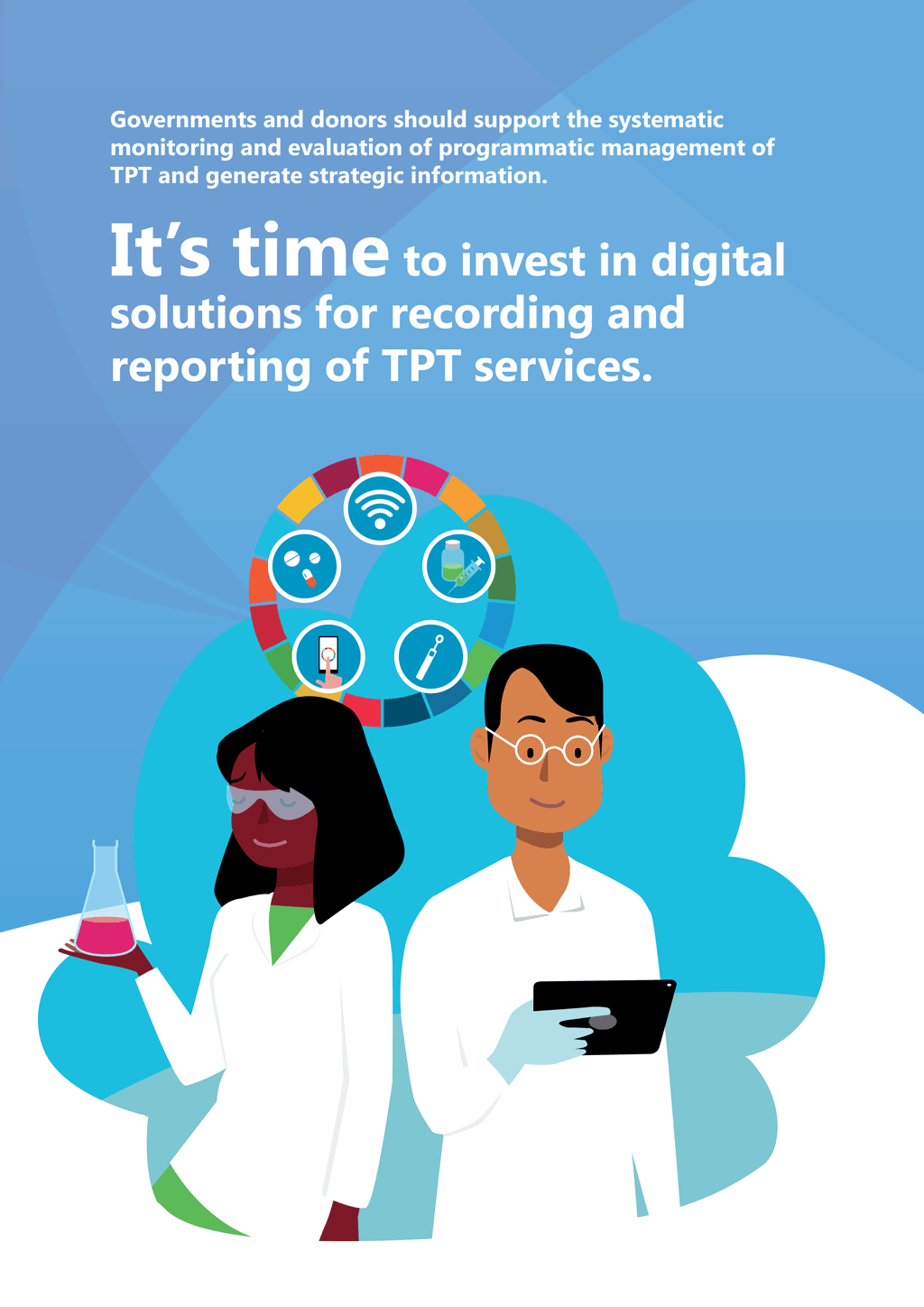
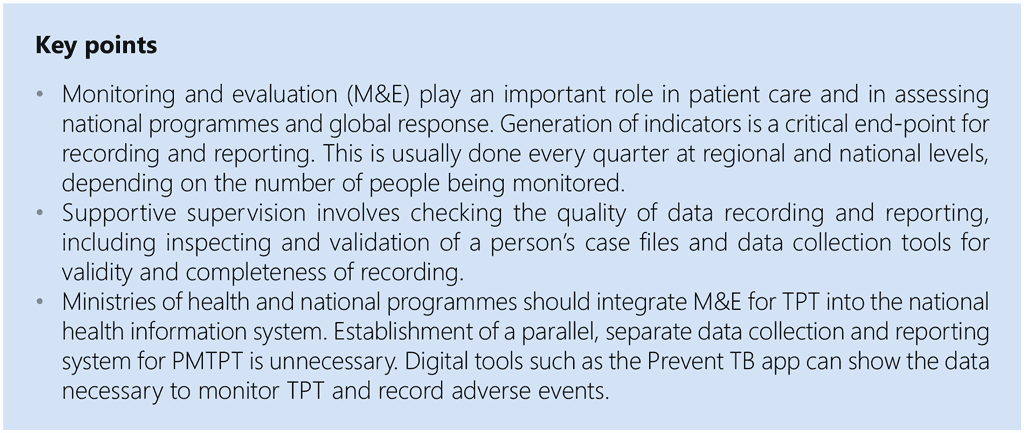
8.1 The role of M&E
M&E play important roles in patient care and in assessing national programmes and the global response (Fig. 11).
 TB KaSPar
TB KaSPar
 Feedback
Feedback


M&E play important roles in patient care and in assessing national programmes and the global response (Fig. 11).
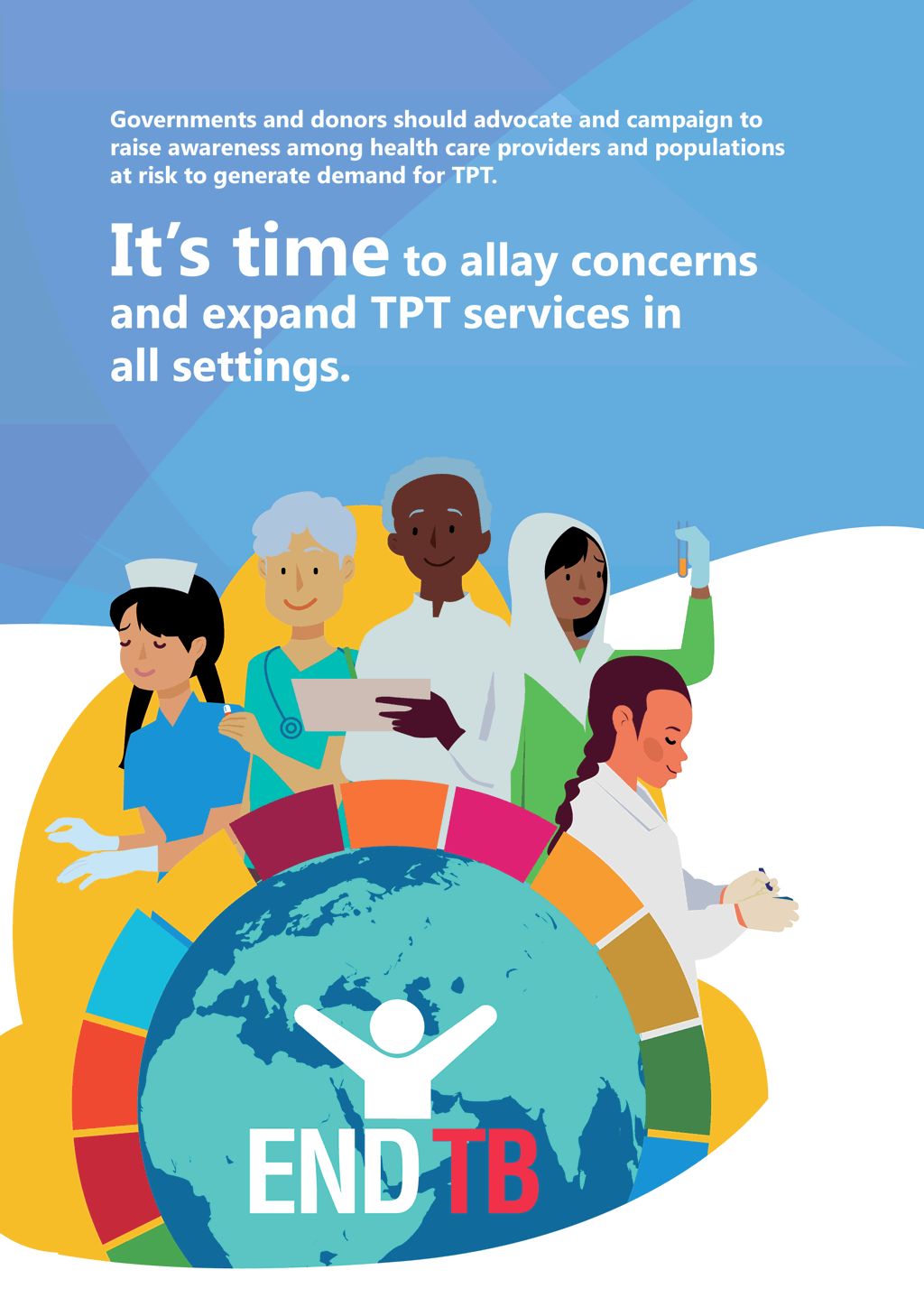
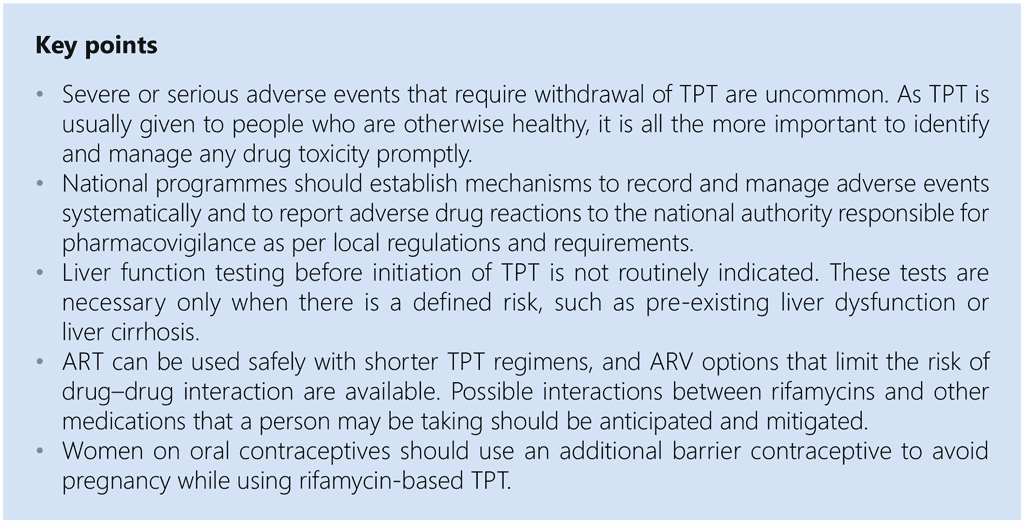
WHO has long recommended use of TPT for populations at risk of TB, particularly those with HIV and child household contacts of TB patients.

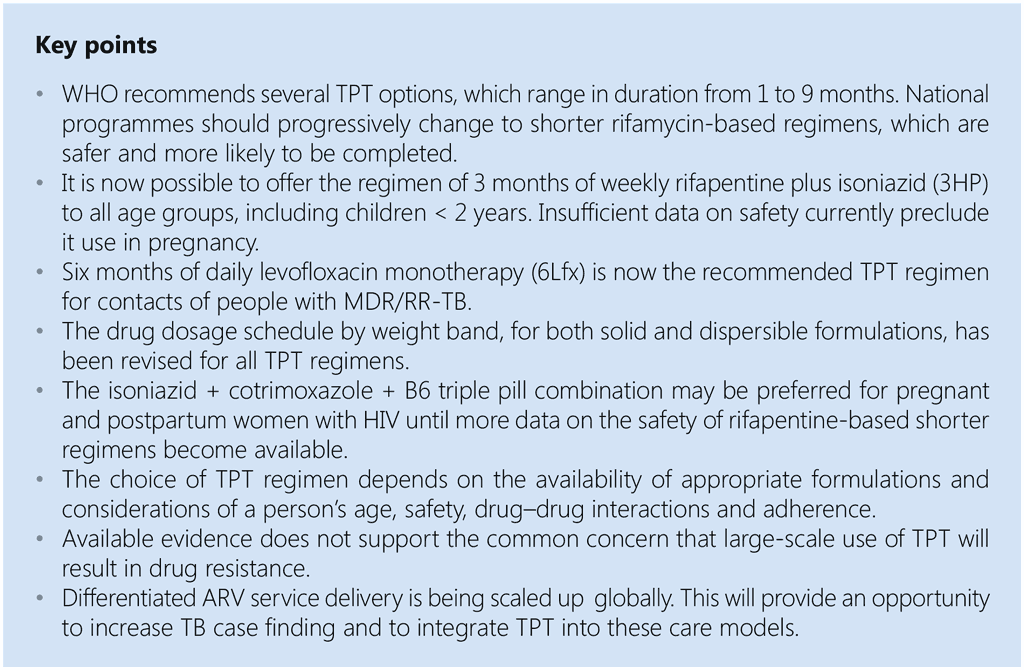
The fourth step in the cascade of care for PMTPT is the choice of TPT regimen and providing support to people on TPT in completing their treatment.

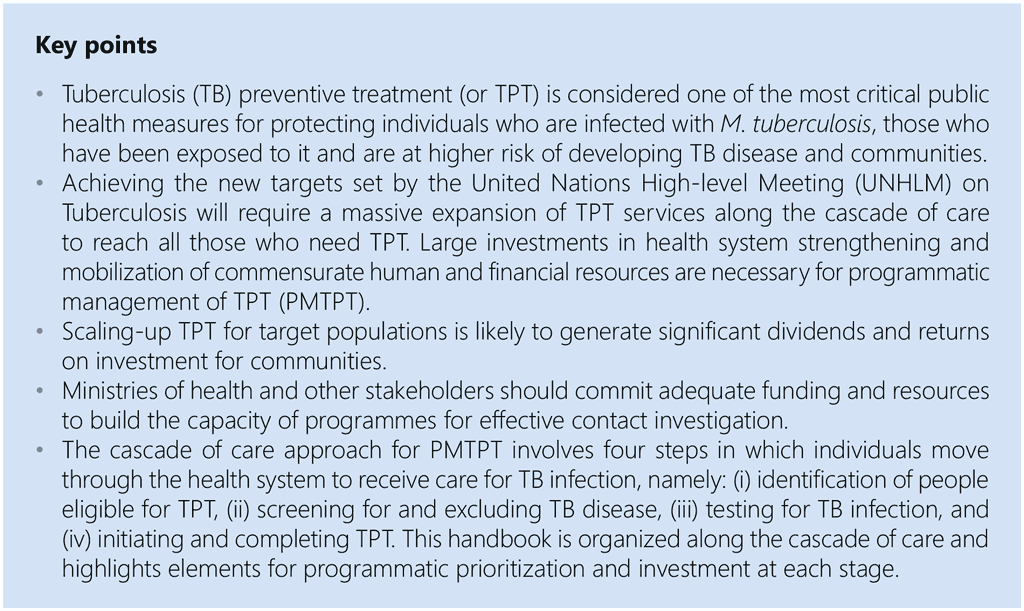
About one fourth of the world’s population is estimated to have been infected with M. tuberculosis (1,2).
TPT falls broadly into three categories: (i) isoniazid monotherapy for 6 or 9 months (6H or 9H), (ii) rifamycin-based shorter treatment and (iii) Lfx for 6 months (6Lfx) for people exposed to MDR/ RR-TB. Isoniazid preventive treatment (IPT) for 6 months was the mainstay of TPT until recently, for both adults and children, HIV-positive and HIV-negative, and in high and low TB incidence countries. Several systematic reviews have consistently demonstrated the efficacy of IPT in preventing TB disease among people infected with M. tuberculosis.
The recommendations and the text of the WHO consolidated guidelines on tuberculosis. Module 1: Prevention – tuberculosis preventive treatment, second edition are the result of collaboration among professionals in various specialties with extensive expertise and experience in public health policy, tuberculosis (TB) programme management and the clinical care of TB patients. The recommendations in these guidelines were developed by successive guideline development groups (GDGs) convened by WHO, the latest of which met in December 2023.
Tuberculosis infection (TBI) is defined as a state of persistent immune response to stimulation by M. tuberculosis antigens with no evidence of clinically manifest TB disease. It is estimated that about one fourth of the world’s population has been infected with TB. TB preventive treatment (TPT) is one of the key interventions recommended by WHO to achieve the End TB Strategy targets, as upheld by the United Nations High-level Meeting on TB in September 2023.
The second edition of the WHO guidelines on TPT provides a comprehensive set of recommendations for PMTPT for implementers of the WHO End TB Strategy and also for countries working towards TB elimination (8,9). The guidelines are to be used primarily in national TB and HIV and maternal and child health programmes or their equivalents in ministries of health and by other policy-makers working on TB, HIV, infectious diseases and maternal and child health.